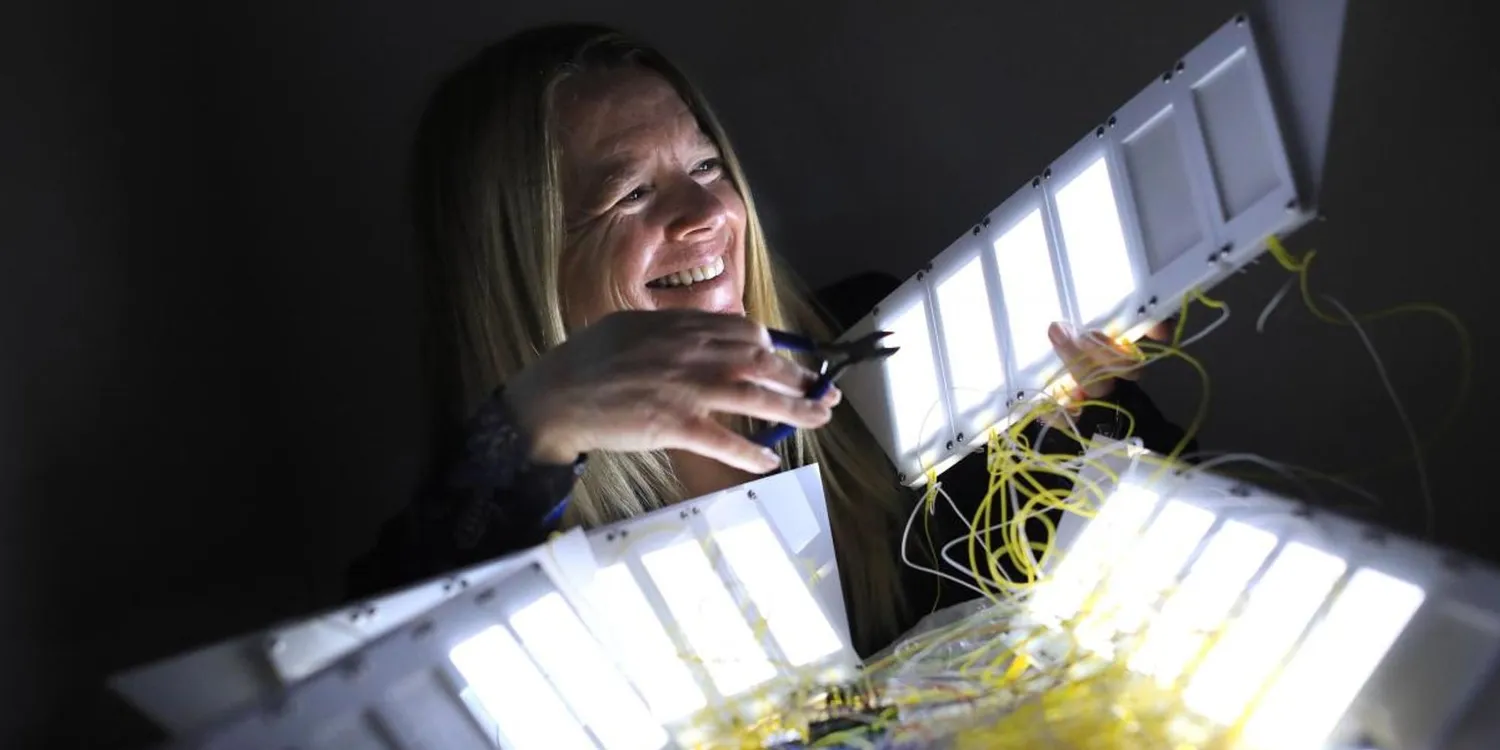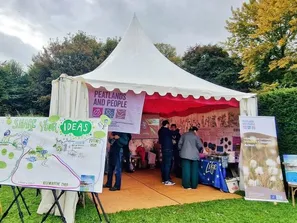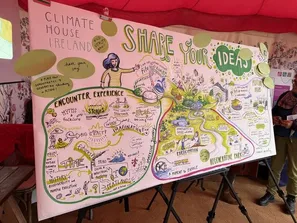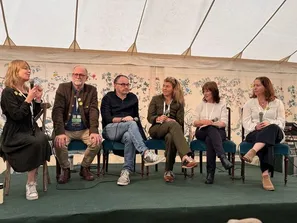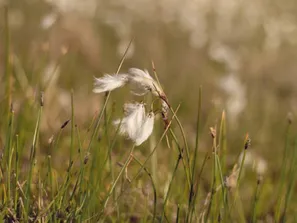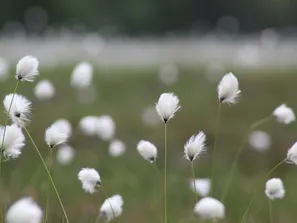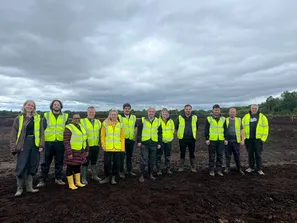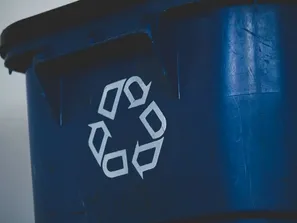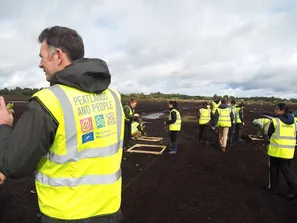06 Feb 2025
For our latest Peatlands and Art feature, we interviewed Fiona McDonald, a Dublin-based interdisciplinary artist whose primary inspiration stems from the intersection of nature, technology, and the hidden systems that shape our world.
Art has played a role in Fiona’s life from an early age. However, it was during her BSc in Biological Chemistry that she began to understand the intersection between art and science and see art as a unique medium capturing the beauty and complexity of the natural world. This realisation led her to pursue Fine Art, combining her analytical science skills with a creative approach.
Over time, her practice has evolved to incorporate art, technology, and environmental themes, reflecting her belief that art and science are complementary disciplines in understanding the world.
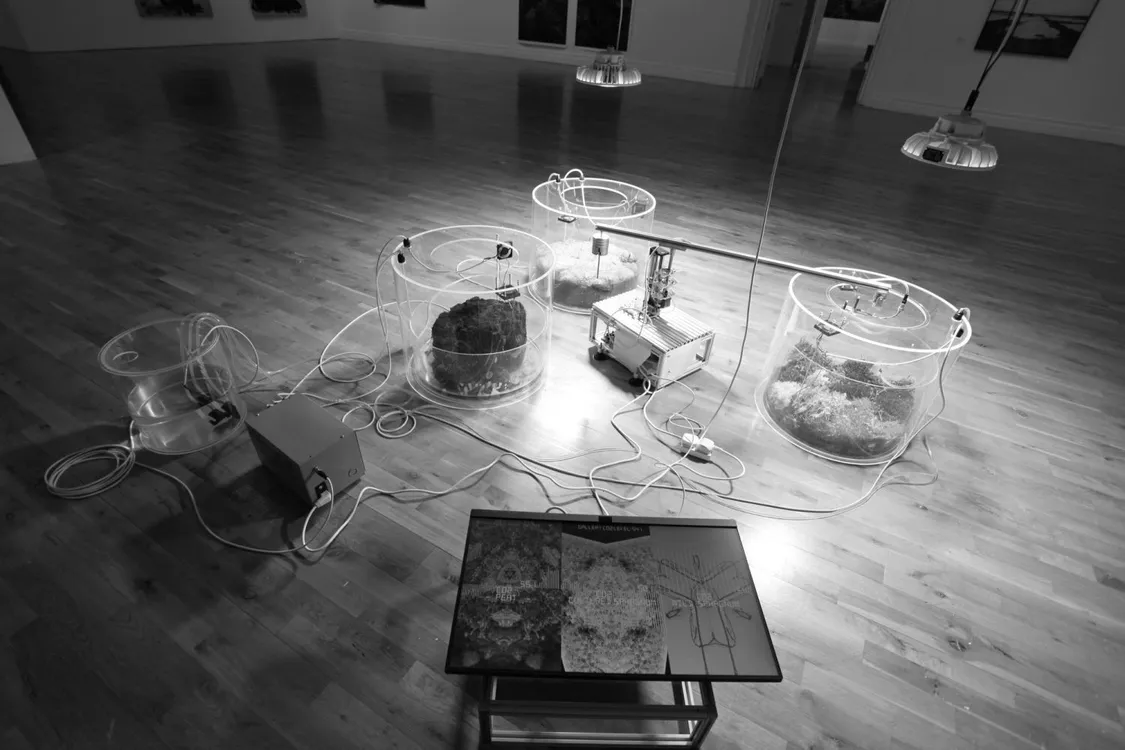
We Share the Same Air [1.1] RHA Gallery 2025
Fiona is particularly fascinated by quiet, slow processes that occur in nature—like the breathing of peatlands or subtle shifts in ecosystems—and how these processes can be made tangible through art. This fascination for expressing the complexity of the natural world in ways science alone can’t is apparent in her new work “We Share the Same Air [1.1]” featured in the ‘Bog Skin’ exhibition set to launch on Thursday, 6th of February 2025 at the RHA Gallery in Dublin 2.
We Share the Same Air [1.1] is an automated sculpture exploring themes of the ecological and atmospheric significance of peatlands as living surfaces and critical carbon sinks. At its heart, We Share the Same Air [1.1] consists of three transparent chambers arranged in a circular configuration. Two chambers house living sphagnum moss ecosystems—emblematic of healthy peatlands actively sequestering carbon dioxide—while a third chamber contains bare peat, representing degraded landscapes.
A robotic arm at the center of the installation moves with quiet precision, opening and sealing each chamber in turn, creating a rhythmic choreography. As the robotic arm seals a chamber, an embedded CO2 sensor captures atmospheric readings over ten minute intervals. Under grow lights the healthy sphagnum moss chambers show a slow drop in CO2 levels, mirroring the photosynthetic process, while the bare peat chamber highlights the contrasting release of carbon, a stark visualization of environmental degradation. A real time data driven animation depicts lines that pulse and grow in height as the CO2 concentration rises and falls, creating a dynamic visualisation of the carbon sequestration and release processes.
Data in general plays a central role in Fiona’s practice. Rather than just on an analytical basis, she uses data as a living, dynamic element in her work, translating environmental or scientific information into visual and interactive forms. Through this new piece, she aims to highlight the deep interconnection between humans and nature. The title, ‘We Share the Same Air,’ reflects the idea that we breathe the same atmosphere as these ecosystems. When the gallery fills with people, the CO2 levels will rise, directly affecting the data, which will be visually represented in the installation. This feedback loop reminds viewers of the constant interaction between humans and the environment, often imperceptible.
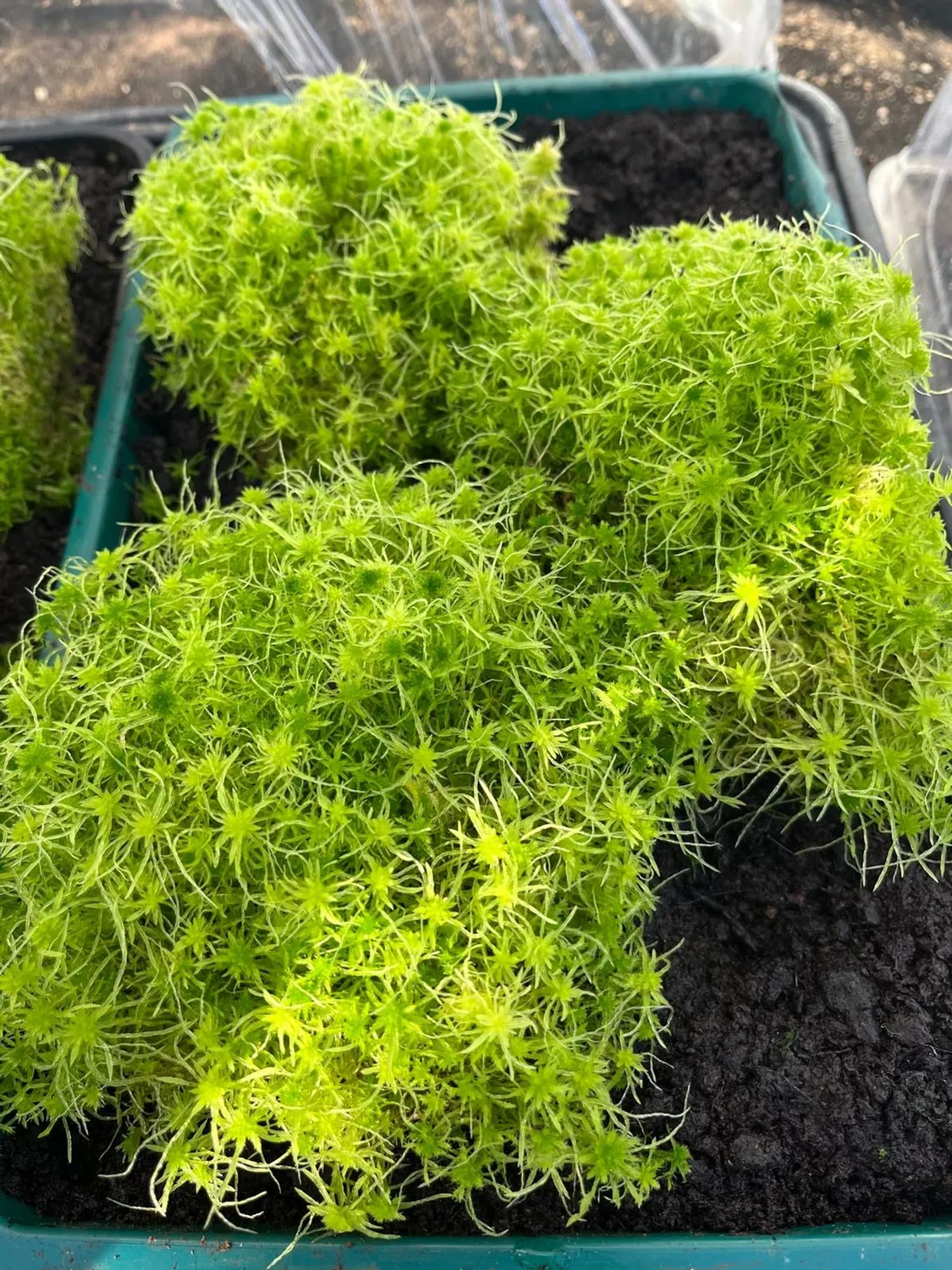
Sphagnum plugs collected with support from Bord na Móna
The LIFE IP Peatlands and People project, with support from project coordinator Bord na Móna, provided Fiona with wild Sphagnum from a restoration site in Leitrim, and Sphagnum fragments cultivated for restoration projects, both of which became central to her upcoming exhibition. The exhibition aligns with the goals of the Peatlands and People project, which emphasises the role of peatlands in climate action. By restoring peatlands and nurturing Sphagnum moss, we can help sequester carbon and mitigate climate change. Fiona’s work will showcase these efforts and highlight the importance of scientific collaboration in environmental conservation.
Ultimately, her work offers an experience that merges scientific inquiry with artistic expression. It makes the complexities of climate science more tangible and accessible, while also drawing attention to the urgent need for collaborative efforts in environmental conservation. The integration of data, interactivity, and mechanical movement creates a unique experience that connects viewers to the natural world and the pressing environmental issues we face.
